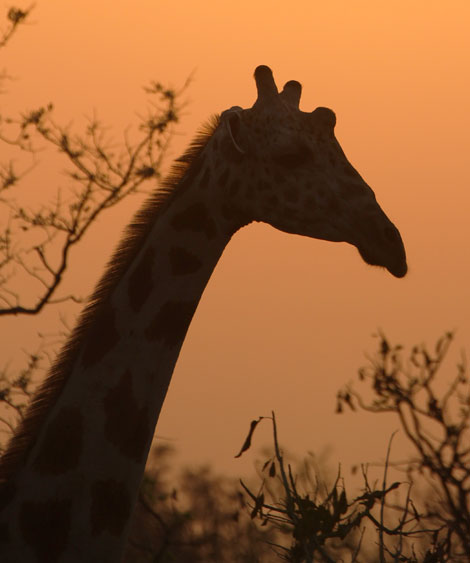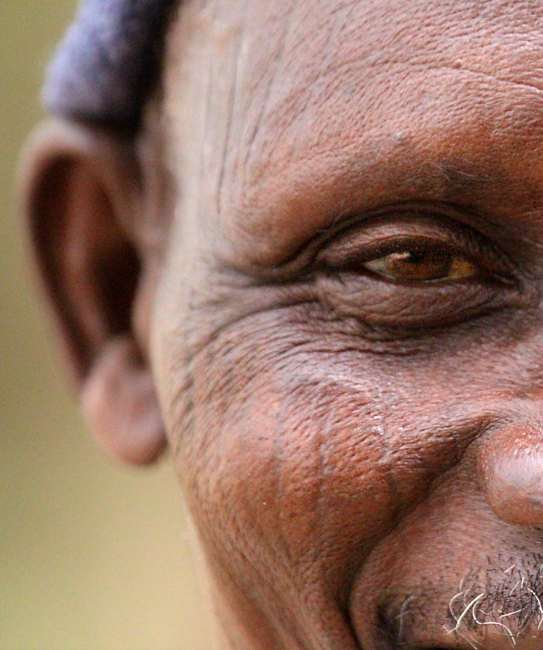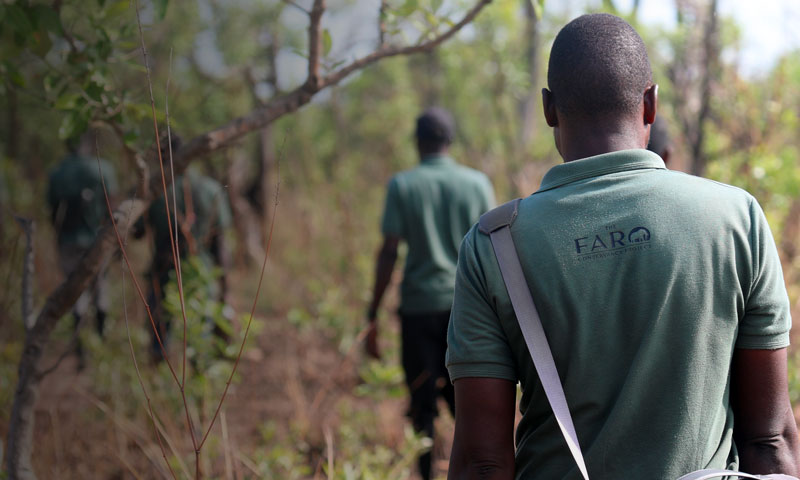
Our Mission
Reshaping Wildlife Conservation
The Faro Conservancy Project (TFCP) is a consortium of protected area leaseholders from Northern Cameroon, willing to reshape Wildlife Conservation in accordance with the actual needs experienced in the field. Our unique involvement, often at the core of conflicts, places us as experts and key players in the conservation of the species present in the territories we have been conserving for decades. Thanks to more than 50 years of field experience, our comprehensive knowledge, and our rigorous protection all in addition to our boundless passion, we are the keepers of an extraordinary diversity of wildlife and critical habitat. It is this background and credibility that allows us to develop and implement structured responses, which directly target the on-the-ground conflicts and the issues and imbalances they cause.
Always keep in mind that absolutely all is connected, every bit of “bad” committed to the environment, no matter how small, has a series of impacts, domino-effects, and repercussions across the entire landscape.
In Cameroon, our long-term monitored sanctuaries are the last refuges of a World Wildlife Heritage.

Different actions
For Different Results
Full disclosure is what we believe in. All successes and failures are reported in our blog section. You are able to follow, in total transparency, where your money goes on the ground. We pay our administrative bills at our own expenses, thus 100% of the generated and donated money actually feeds our Conservation Programmes.
As a result, our privately managed and funded protected-area leases host higher densities of Wildlife than any National Park in Cameroon.
Acting within protected areas & Beyond
Needs in the field can be characterised in two categories: the needs of the environment and the needs of the people (local and/or immigrant populations). These needs, most of which are economic (poverty) related on the human side, are often incompatible with each other and are some of the sources of conflicts. Todays challenge therefore is to create a healthy economic landscape of opportunities and alternatives that divert local populations from illegal and environmentally harmful activities to value-generating activities. Without this, the best-case scenario is that we will only slow the inevitable timeline that is continuing environmental degradation and disappearing wildlife.


Acting Within Protected Areas & Beyond
Needs in the field can be characterised in two categories: the needs of the environment and the needs of the people (local and/or immigrant populations). These needs, most of which are economic (poverty) related on the human side, are often incompatible with each other and are some of the sources of conflicts. Todays challenge therefore is to create a healthy economic landscape of opportunities and alternatives that divert local populations from illegal and environmentally harmful activities to value-generating activities. Without this, the best-case scenario is that we will only slow the inevitable timeline that is continuing environmental degradation and disappearing wildlife.
Increased surveillance and law enforcement in protected areas and a “zero tolerance” response, which is necessary for the multi-tiered and multi-scaled, immediate survival of natural areas, must also serve as a motivational tool for populations involved in environmentally damaging activities, to persuade them to explore the economic alternatives outside the protected areas.

